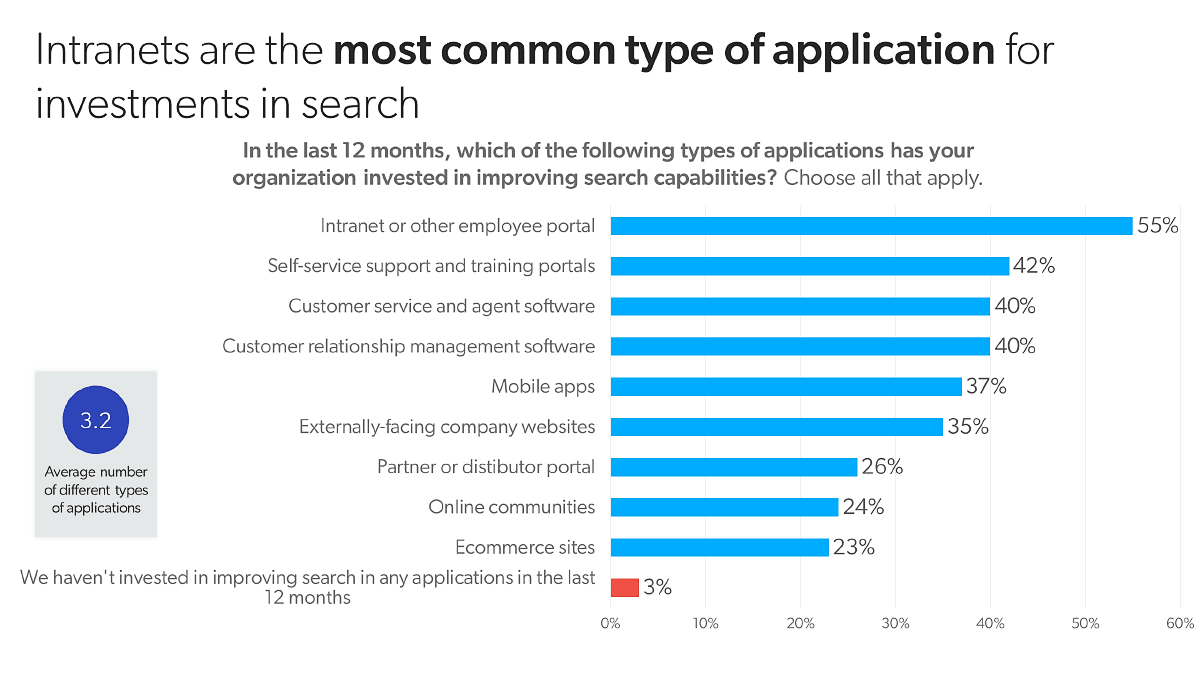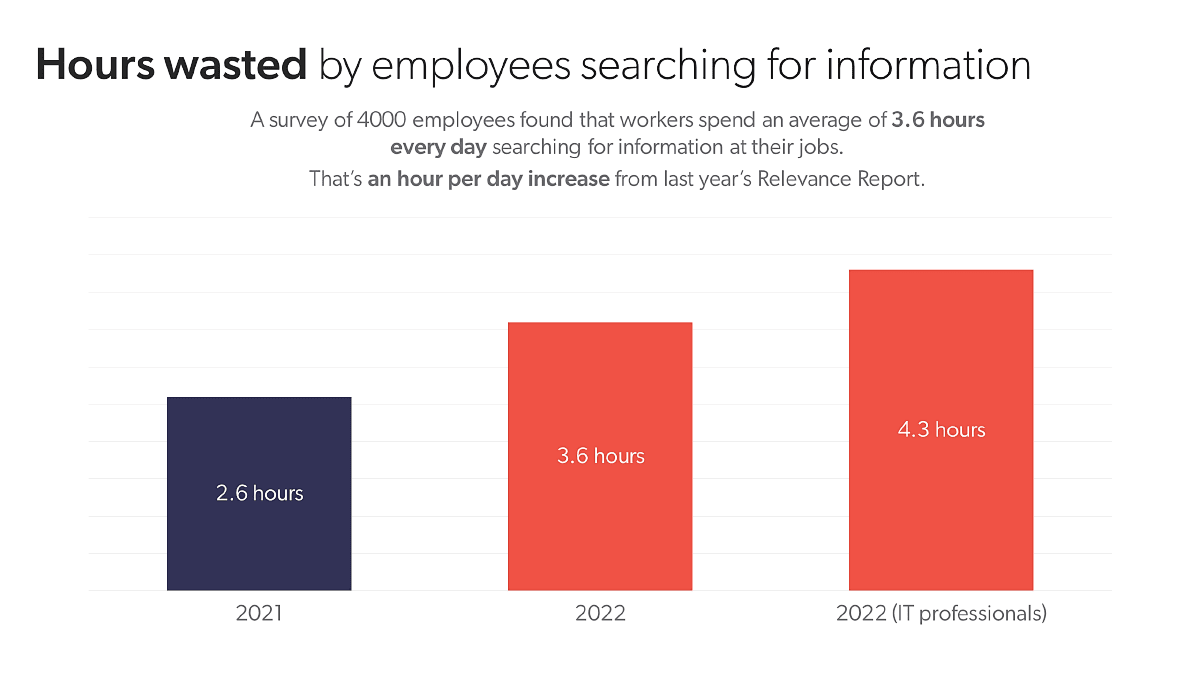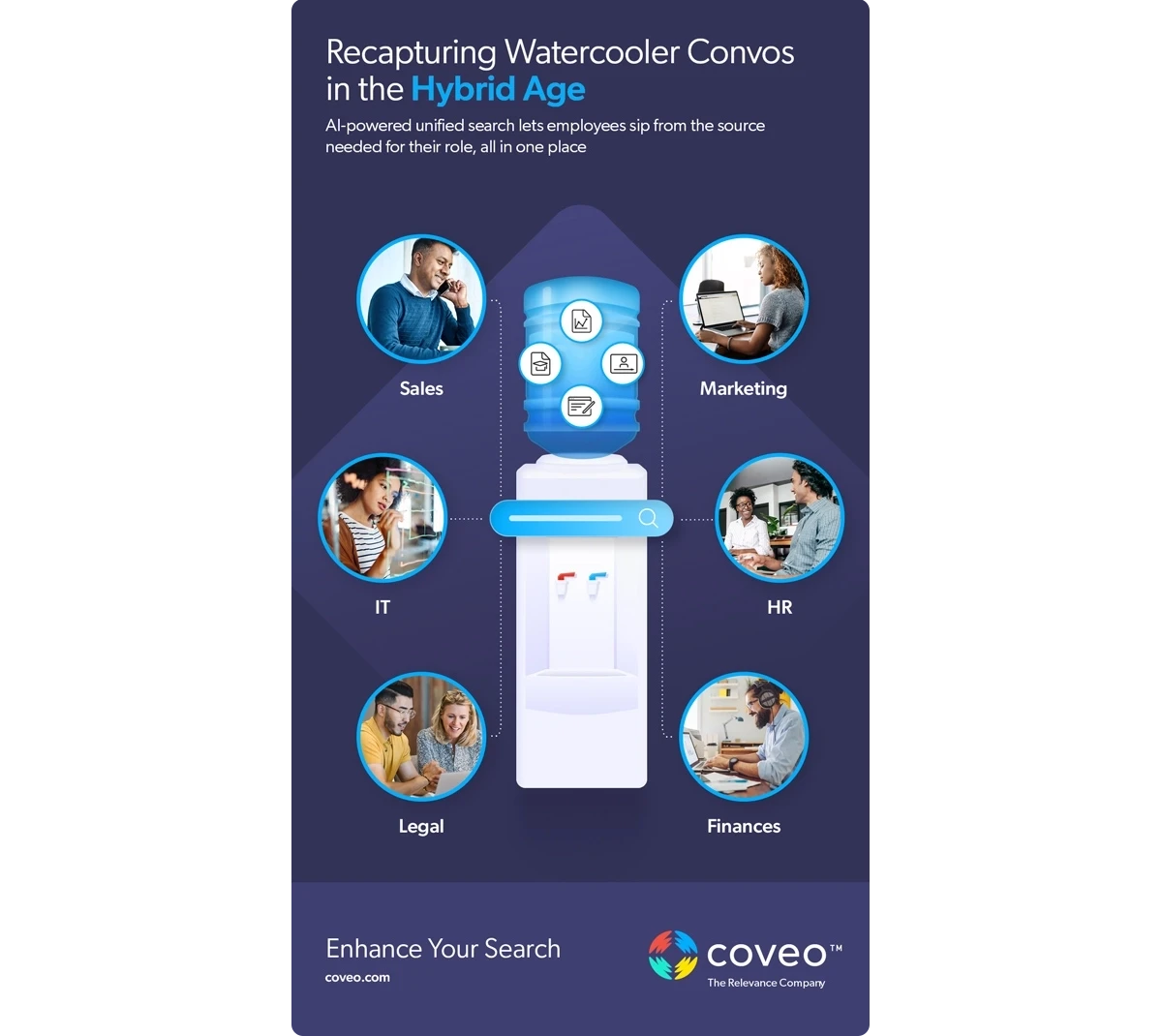Avocado toast isn’t bringing all the millennials to your yard anymore? Sorry, I just dated (and outed?) myself.
Anyway, it’s no secret that, since the pandemic, work has drastically evolved. For one, a majority of employees want options for remote work, and according to a LinkedIn poll, 77% of workers say that flexibility is more valuable than a pay raise when it comes to finding a new job.
And who is leading this change in attitude toward work? Millennials. But why would appealing to them improve employee engagement? Well, they’re now the largest demographic in today’s workforce. This gives them a lot of influence; but it’s not just a flexible work schedule they’re seeking.
Millennials have high expectations for an organization’s embrace of technology and innovation when choosing their next employer. (And remember that Gen Z – “digital natives” – come bearing the same expectations; this isn’t just a trend, but a structural paradigm shift.)
To impress disillusioned millennials in your company and revitalize their engagement, HR and digital workplace IT leaders should consider the intranet — more specifically, the search infrastructure behind your intranet, which is a vital component in creating a more engaged workplace.

Why Search?
Upgrading the search technology in your intranet is a strategic solution, as such knowledge hubs have become crucial for effective communication between hybrid and remote employees across the globe. You can also reap tangible top and bottom-line rewards because investing in intranet search is also an effective way to invest in your dedicated workers by educating and upskilling them.
But search alone won’t transform a disengaged employee into a motivated contributor. AI-powered search can match indexed content with the intent of people searching, and this is where the real value lies. Let’s unpack how you can achieve a modern intranet that improves employee engagement and is the heart of your company’s digital workplace experience. Starting with …
Why is Millennial Employee Engagement Important?
Let’s take a short detour: any great collaboration requires buy-in, or for this article’s purpose, engagement (especially from your largest generational demographic). Think about it — what does employee engagement look like in a tangible form? Employees who are present and productive, thus likely more attuned to the needs of customers.
Your millennial talent is interfacing with your buyers, attending to their needs, learning their customer story, and using that information to find like-minded individuals interested in your product or service — or even identify new markets. Improving the engagement level of your millennial employees helps improve your product, your relationship with customers, and, in the long run, it can have a direct impact on revenue and profitability.
Need some evidence? According to Gallup, companies with highly engaged employees reported 20% higher sales. And happy, engaged teams are 20% more productive. Further, companies in the U.S. lose between $450-$550 billion each year due to disengaged workers. Ouch.
These are just a handful of stats that anyone can find via a quick search. Clearly, there’s a case to be made for improving employee engagement.
So, what contributes to employee engagement? Workplace culture, work life balance, their relationship with their manager, career advancement, training and development, and, notably – feeling competent at work.
Interestingly, a recent review of decades of studies has found that career satisfaction is closely tied to doing work you’re good at. And according to our 2024 Employee Experience Industry report, 30% of respondents indicate feeling less confident in their work quality when they can’t find the information they need. And this is where updating your intranet search can make a real impact on employee engagement. So maybe, it’s time to ask yourself …
How Is Your Intranet Undermining Employee Engagement?
Understanding why intranet search has historically been incredibly frustrating for employees is to recognize that traditionally, search wasfederated. With federated search, the employee submits a query onto a single search bar. The search engine then broadcasts the query to all the data sources. And then pulls all results from those sources into respective groupings. But the results aren’t ranked and unified into a single list. Instead, workers need to know which data source would have the most relevant information and look into each. It’s not exactly a recipe for employee satisfaction. More like the entrance to an unproductive rabbit hole.
What employees are looking for is usually buried in unstructured or semi-structured content. And sifting through unstructured content is daunting. Think about information in the form of sentences: this type of content doesn’t fit well in tables or rows. (Perhaps the comment section in a spreadsheet, but that’s never really searchable – and therein lies the problem.)
When employees have to sort through dozens of links to determine relevance, reliability, and accuracy, then actually read them and filter useful information from the sea of text – a process that our own research has found takes on average 3.6 hours every day for the average employee (workers who identified as being in information technology said it was worse: 4.3 hours a day!) – they’re understandably burnt out and disengaged. Not only is this incredibly annoying for any employee and their team, but it’s also money flying right out the window in the form of wages going to waste.

Worse, in a global study of 4,000 workers, we found that 15% said the stress of being uncertain made them want to quit their jobs.
So what’s the answer, then? An AI-powered search engine.
Here’s the scoop: A unified search engine indexes all this unstructured content, and ranks them in a single list by relevance. Further, machine learning can canvas usage data to better understand your employees’ context, intentions, and roles. This powers the engine to provide relevant content (and recommended content) automatically. AI-powered search makes content more accessible and can personalize the intranet experience for individual employees. This bridges gaps in knowledge management, which can lead to greater job satisfaction.
Ultimately, accessing the most relevant content in a timely manner reduces the stressors on workers and improves employee engagement.
Why Does My Intranet Need AI?
One word: Personalization. Employees are people, too, and they use Netflix, Amazon, and Spotify (millennials and gen z more so than the older generation). Your millennial workers’ lives are inundated with personalized, AI-enabled applications that can make a behind-the-curve digital workplace with elementary search functions stick out like a sore thumb.
So, how do you personalize the employee experience in an enterprise made up of many roles, departments, locations, and even languages? With artificial intelligence — more specifically, machine learning.

You can build this type of personalization into your intranet search engine from day one using Coveo. AndEmployers can build this type of personalization into their company’s intranet search engine from day one using Coveo. And to deliver a truly next-generation employee experience, you can proactively display personalized content across any device by deploying Coveo’s headless components.
Choosing which content to display on your intranet dashboard will depend on the unique attributes that apply to your employees. Think about the various ways in which your employees’ needs differ from each other, using attributes such as:
- Location
- Department
- Role
- Tenure
- Project
- Product line or market
Once you understand the types of personalized content that are most important to your employees, you can start to build an effective intranet dashboard that serves all of these in one spot.
Enabling access to information is just one of many best practices when it comes to improving employee engagement. Another that can help build an engaged workforce is supporting your employees through professional development — which won’t happen if they can’t easily find learning resources.
Invest in Professional Development By Sharing Accessible Resources
If you’re an HR leader, you’re always looking for ways to prevent employee turnover. It turns out that 68% of employees say they would stay in a job that provided more development and upskilling opportunities. Hybrid and remote workplaces create an additional obstacle to offering professional development resources that improve employee engagement — but this is also where an AI-powered intranet can help.
By making relevant information more accessible to employees via the intranet, it naturally upskills them — helping your professionals refine their talents. Unfortunately, 49% of employees want to develop their skills, but don’t know where to start. Employers need to capitalize on the opportunity to transform search as a learning vehicle for engaged employees to reduce the impact of expertise loss while nurturing engagement and retention metrics.
Additionally, search analytics can be used to build your workplace’s content strategy. They can identify queries that employees search for, but receive few results for. This indicates a content gap and an opportunity for more intranet content creation, formal training, and knowledge sharing.
Investing in worker skills and employee communication is a great way to ensure employee retention. By combining your workplace’s intranet with communication platforms like Slack, workers save vital time they would have used searching for answers on their own. This will only enhance the work environment, leading to an overall increase in productivity and a better company culture while making life easier for everyone in the process.
Intranets are also a connective tissue for collecting employee feedback. With an easily distributable employee engagement survey, senior leaders can gauge employee perceptions about processes, policies, and the business as a whole — and make changes when and where necessary to build the workplace that employees want.
Optimizing intranet search will benefit employees of every generation, not just the millennial generation. It’s just as important as investing in customer success. It’s a no-brainer to consistently respond to needs and problems in the marketplace, improving the customer experience whenever possible. Why shouldn’t we do the same for our workers? The investment into employees will trickle down, impacting how customers experience the organization. It’s like the oxygen mask on airplanes: you’re always instructed to put your own on first before helping others. If we take care of our employees, they’re better equipped to help the customer.
Breathe Life Into Your Employee Engagement Strategy via AI-Powered Intranet Today
Optimized, modern intranets that support synchronous and asynchronous communication are the future of the digital workplace and a must for a thriving company culture. And if you want one more factoid about the strength of an AI-powered intranet, let’s look back at Dell — who increased their ESAT score 37 points in just 12 months by adding Coveo.
Upgrading your intranet is just one of many ways you can build the digital workplace millennial employees expect. Learn more in our ebook, Guide to Delivering AI-Powered Employee Experiences.
Dig Deeper
Want to learn more about how AI-powered search can power your workplace? Check out our blog about the 6 Intranet Best Practices for a More Engaged Workplace in 2022! And learn what five experts did to make the intranet the superstar of their company in our post Ineffective Intranet? Apply Machine Learning.



